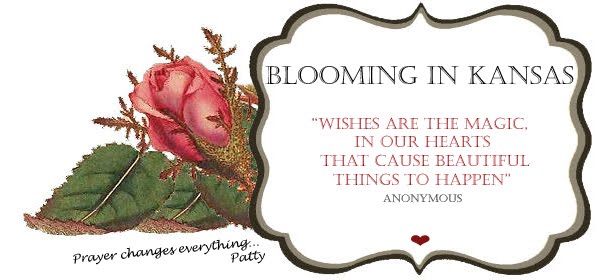 |
The event was wonderful in every way!
|
There are seven symbols that can be placed on the seder plate but not all of
them are required. They are:
Vegetable (Karpas) – This part of the seder plate dates back
to a first and second century tradition in Jerusalem that involved beginning a
formal meal by dipping vegetables in salt water before eating them. Hence, at
the beginning of the seder a vegetable – usually lettuce, cucumber, radish or
parsley – is dipped in salt water and eaten. It is sometimes said that the salt
water represents the tears our ancestors shed during their years of
enslavement.
Shank bone (Zeroa) / Roasted Beet – The roasted shank bone
of a lamb reminds us of the tenth plague in Egypt, when all firstborn Egyptians
were killed. The Israelites marked the doorposts of their homes with the blood
of a lamb as a signal that death should pass over them, as it is written in
Exodus 12:12: "On that same night I will pass through Egypt and strike down
every firstborn - both men and animals - and I will bring judgment on all the
gods of Egypt... The blood will be a sign... on the houses where you are; and
when I see the blood, I will pass over you. No destructive plague will touch you
when I strike Egypt." The shank bone is sometimes called the Paschal lamb, with
“paschal” meaning "He [God] skipped over" the houses of Israel.
The shank bone also reminds us of the sacrificial lamb that was killed and
eaten during the days when the Temple stood. In modern times, some Jews will use
a poultry neck instead. Vegetarians will often replace the shank bone with a
roasted beet, which has the color of blood and is shaped like a bone, but is not
derived from an animal.
Hard Boiled Egg (Baytzah) – There are two interpretations of
the symbolism of the hard boiled egg. One is that it is an ancient fertility
symbol. The other is that it is a symbol of mourning for the loss of the two
Temples, the first of which was destroyed by the Babylonians in 586 B.C.E. and
the second of which was destroyed by the Romans in 70 C.E. Hard boiled eggs were
traditionally the food of mourners and hence they were an appropriate symbol for
the loss of these sacred sites.
Charoset – Haroset is a mixture that is often made of
apples, nuts, wine and spices in the Ashkenazi tradition. It represents the mortar the Israelites were forced to use while
they built structures for their Egyptian taskmasters.




































